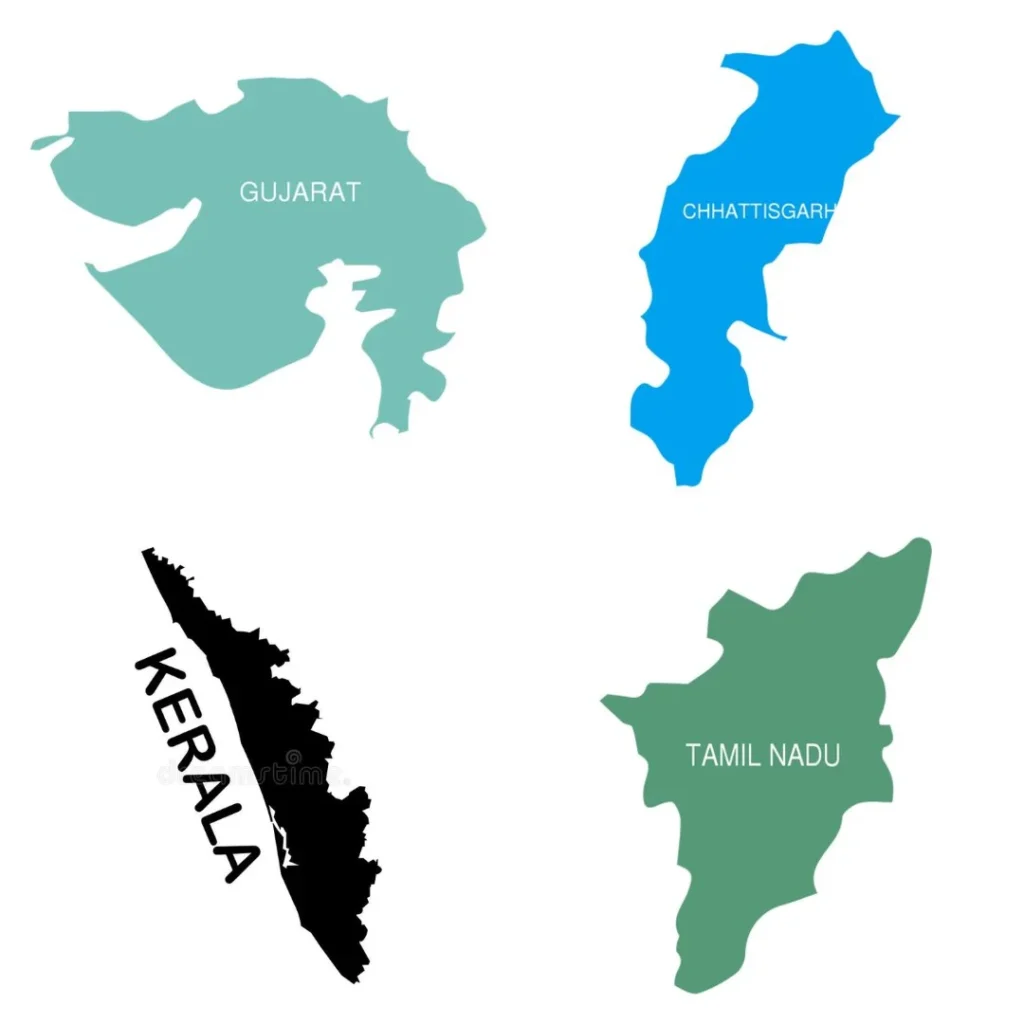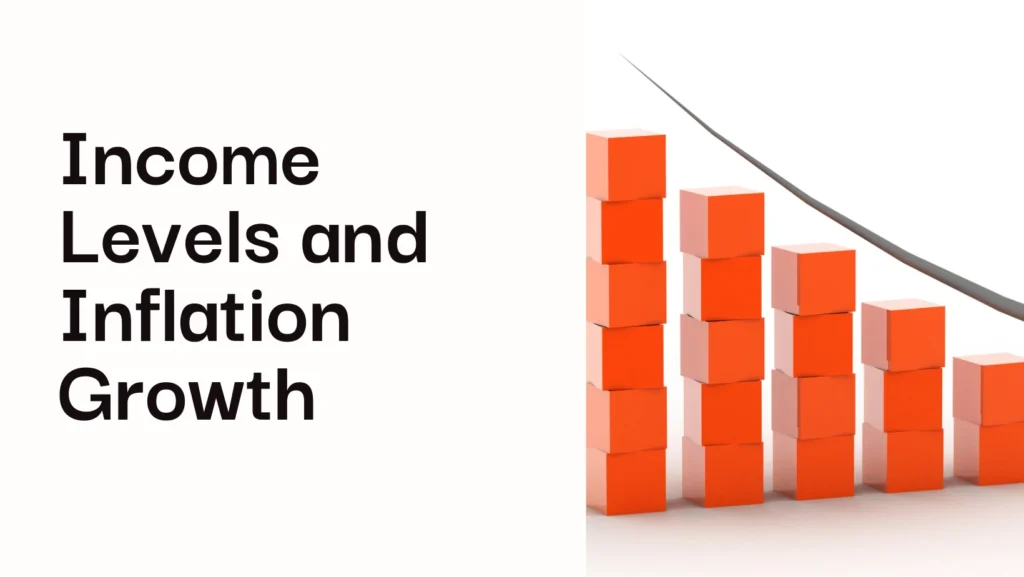
The migration of workers from low-income states to higher-income states in search of better job opportunities is contributing to rising inflation in economically strong southern states like Kerala and Tamil Nadu, according to a recent study by the State Bank of India (SBI).
Higher Purchasing Power Leads to Higher Inflation 🌱
The SBI report highlights that regions with higher purchasing power tend to experience increased inflation. Southern states, which generally have a stronger economy, are seeing a surge in prices for essential items such as vegetables, cereals, and pulses. In contrast, regions like the Northeast and Western parts of India have recorded lower inflation rates.

A quick analysis of inflation trends between FY21 and FY25 shows that inflation in the Northeast declined by 3.4%, whereas in the Southern region, the drop was only 2.6%. This suggests that the economic strength of the South is playing a role in sustaining higher inflation levels.
Taxes Contributing to Inflation 📈
Another major factor driving inflation in South India is the higher taxation imposed on essential goods and services. Southern states have the highest share (30%) of total sales tax collections in the country. Higher taxes on petrol, diesel, liquor, automobile registrations, and property purchases have contributed significantly to the rising cost of living.
State-Wise Inflation Trends 📏
In February 2025, India’s Consumer Price Index (CPI) inflation reached a seven-month low of 3.6%, primarily due to a decline in food and vegetable prices. However, certain states continued to experience inflation above the national average.

- Kerala recorded the highest inflation rate at 7.3% in February 2025.
- Chhattisgarh followed closely with a rate of 4.9%.
- Tamil Nadu has recorded inflation above the national average for 9 out of the last 13 years.
- Gujarat and Punjab have seen inflation lower than the national rate for 9 of the last 13 years.
Rural Inflation is Rising Faster Than Urban Inflation 🏡
The study also found that rural areas are experiencing higher inflation compared to urban regions. This is mainly due to the fact that food prices are increasing at a faster pace. The weight of food items in the rural inflation index (54.2%) is significantly higher than in the urban inflation index (36.3%).
Nine major states currently have rural inflation levels exceeding the national average, while eight states have urban inflation rates higher than the national urban average.
Income Levels and Inflation Growth 📉

A long-term analysis (from FY14 onwards) reveals that states with higher income levels tend to experience higher inflation. The compound annual growth rate (CAGR) for food inflation is as follows:
- High-income states: 5.26% CAGR (above the national average of 5.18%).
- Middle-income states: 5.03% CAGR.
- Low-income states: 4.95% CAGR.
This confirms that the stronger purchasing power of higher-income groups contributes to inflation in those regions.
Future Inflation Trends and Rate Cuts 📈
SBI expects that India’s CPI inflation will drop to 3.9% in Q4 FY25, with an overall average of 4.7% for FY25. For FY26, inflation is projected to be between 4.0% and 4.2%, with core inflation staying in the 4.2% to 4.4% range.
With inflation easing, the central bank is likely to introduce rate cuts to stimulate economic growth. SBI predicts that the rate-cut cycle will lead to a cumulative reduction of at least 75 basis points in the coming months. Successive rate cuts are expected in April and August 2025, with another potential reduction in October 2025.
Final Thoughts 📝

Labour migration, higher taxes, and purchasing power disparities are key factors influencing inflation trends in India. While the southern states continue to experience higher inflation due to stronger economic activity, lower-income regions are seeing a more moderate price increase. Understanding these trends is essential for policymakers to implement effective strategies that balance economic growth and inflation control.
Stay updated with the latest economic insights and make informed financial decisions with the AlgoDelta blog ! 🔍
Disclaimer: This article is for informational purposes only and does not constitute financial advice. Always conduct your research before making investment decisions.
source : thehindu.com



